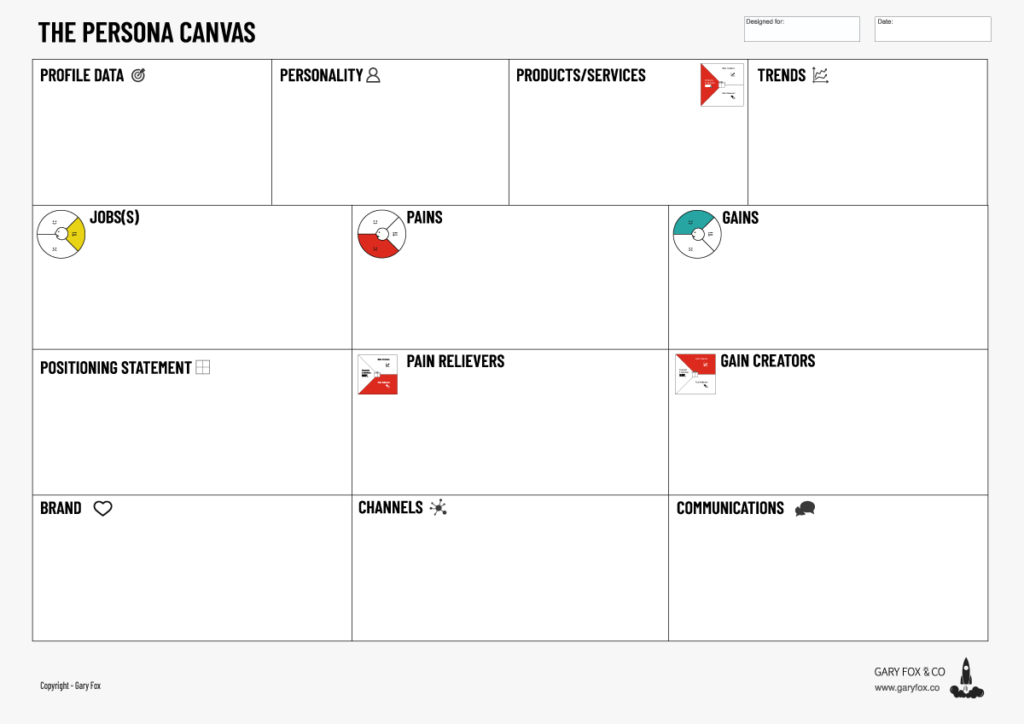Too often marketers, and marketing teams, make decisions about customers without supporting that decision with data.
Over time, this results in millions of dollars of wasted money on campaigns that miss the mark and fail to gain traction with customers.
What are personas?
Personas are a representation of a person that is supported by qualitative and quantitative research.
A persona is also a prompt for teams to check their understanding of a segment vs. their mental models.
Are they still planning for the same behaviours, the same demographics, or has something changed?
Customers change, markets change. If you don’t use data and research to support your decisions you are throwing money away.
The mental model each member of a team holds can vary – a lot!
The way to improve this is to use to create personas, test assumptions and update the persona using the results. Sharing this as a team improves understanding and results.
In this guide, you will learn how to create a persona using the Persona Canvas – a persona template.
For a more detailed guide on how to create a persona, visit the article which takes you through a step by step approach.
Table of Contents
WHAT IS A PERSONA
A persona is not a real person. A persona is a representation of a group of people that has common characteristics.
Often a team will use multiple personas each one representing a different group of people. However, care must be taken not to create too many personas. Too many personas become hard to maintain and can rapidly become out of date.
The art and science of using personas is to regularly update them. Ideally, you add this as a monthly task in the team schedule.
There are are two versions of the canvas included in all sizes – let me know which you prefer.
SUBSCRIBE NOW
Get new templates and other free resources. Join over 8000 visual business designers.
If you want more templates like this and to get updates on business model innovation then subscribe to my newsletter.
WHO SHOULD USE PERSONAS
Personas have a wide range of uses. Here are just a few.
- Human Resources (HR). Personas can help HR teams define the profile of a person that they are recruiting for and why they would be a good fit for the organization.
- User Experience (UX) Designers. Personas are a core component of the goal-directed design. They help UX designers to focus on the interactions and how they help move a persona closer to their goal.
- Event Managers. Most events involve multiple sets of users who in turn have their own requirements. As an example, many events have VIP guests or customers. Designing communications and the event experience itself needs to take into consideration these different groups.
- Marketers. Customer Personas (B2C) or Buyer Personas (B2B) improve marketing performance. Marketing personas help teams to plan and shape marketing communications. Quite often they are based on a market segment.
- Content Designers. Designing content to effectively fit into customers journey helps with conversions. In essence, once a customer has been acquired you can use the persona to plan the funnel and what content will help inform, educate and influence the target persona. See the Growth Marketing Blueprint for more details.
- Customer Service. Customer service teams are often neglected or regarded as less important than marketing or sales. However, with more emphasis on retaining customers and solving problems once they are on board, their position in the company hierarchy has changed. Customer service teams are an invaluable source of information for insights on customers and helping to create personas.
- Customer Experience Designers. Designing and mapping experiences now have transitioned from being purely service design to integrating both product and service perspectives. Personas then are the start point for CX designers.
WHAT ARE THE BENEFITS OF USING THE PERSONA CANVAS
Cheating on customer discovery interviews is like cheating in your parachute packing class.
Steve Blank, father of the Lean Startup

The following table shows some of the many benefits of using personas.
| Source | Benefit |
|---|---|
| Cooper (1999) | - Increase focus on the users and their goals |
| - Facilitate effective communication about users | |
| - Reduce necessary changes at the end of the development process | |
| Cooper and Reimann (2002) | - Build consensus and commitment to design |
| - Help to measure a design’s effectiveness | |
| - Define the product’s feature set | |
| - Facilitate effective communication within the project team | |
| - Help other related efforts such as marketing plans | |
| Grudin and Pruitt (2002) | - Facilitate a focus on users and work contexts |
| - Allow for extrapolation from partial knowledge of users to diverse contexts | |
| - Make assumptions about users explicit | |
| - Facilitate effective communication about the users | |
| - Increase focus on a specific audience | |
| Long (2009) | - Strengthen focus on the users during the development process |
| - Lead to more user-friendly designs | |
| - Make the user needs more explicit | |
| - Guide decision making | |
| Ma and LeRouge (2007) | - Facilitate effective communication about the users |
| - Enhance identification with the target users | |
| - Increase focus on user needs | |
| Pruitt and Adlin (2006) | - Make assumptions about users explicit |
| - Narrow the users being designed for | |
| - Lead to better design decisions | |
| - Increase engagement among the design team | |
| - Build empathy for the users |
WHAT ARE WE TRYING TO ACHIEVE?
In a world of saturated in masses of customer data, there is only one thing you need to worry about.
The only data you need, is the data that helps you to predict customer behaviour.
Gary Fox
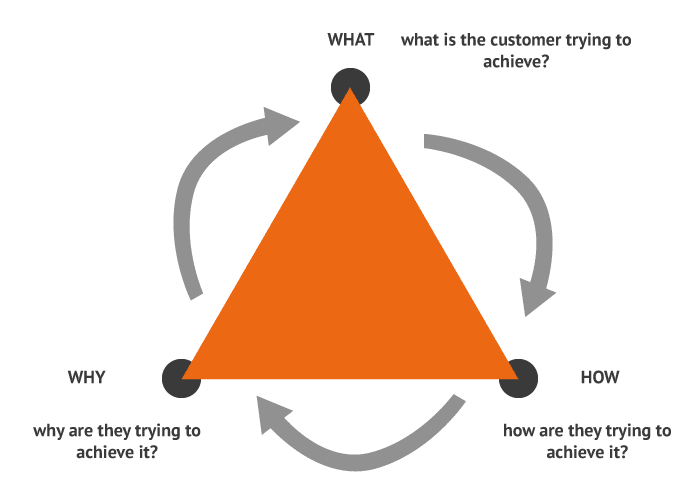
What we are trying to achieve with a persona, and more generally, is a better understanding of our customers or users.
We need to have a hypothesis way of testing our understanding of their behaviours and to validate a group. In marketing, once we have validated both data and behaviour we can scale our marketing investments and accelerate growth.
A persona is a start point, not an end point.
Gary Fox
The goal is to create a working model of a customer segment and then test how they behave based on different contexts. How does what we think we know match-up with what they actually do.
As an example, we might change some copy on a landing page and get an increase of 20%. The temptation then is to hold that and think it is the best it can be.
However, our tests aren’t to optimise the page, they are to learn more about the customer and so we need to continue experimenting. We might find another 20% increase. But if we do no more tests we’re leaving that extra 20% opportunity on the table.
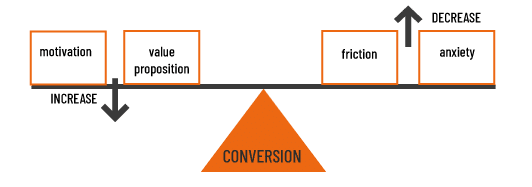
WHAT IS THE PERSONA CANVAS
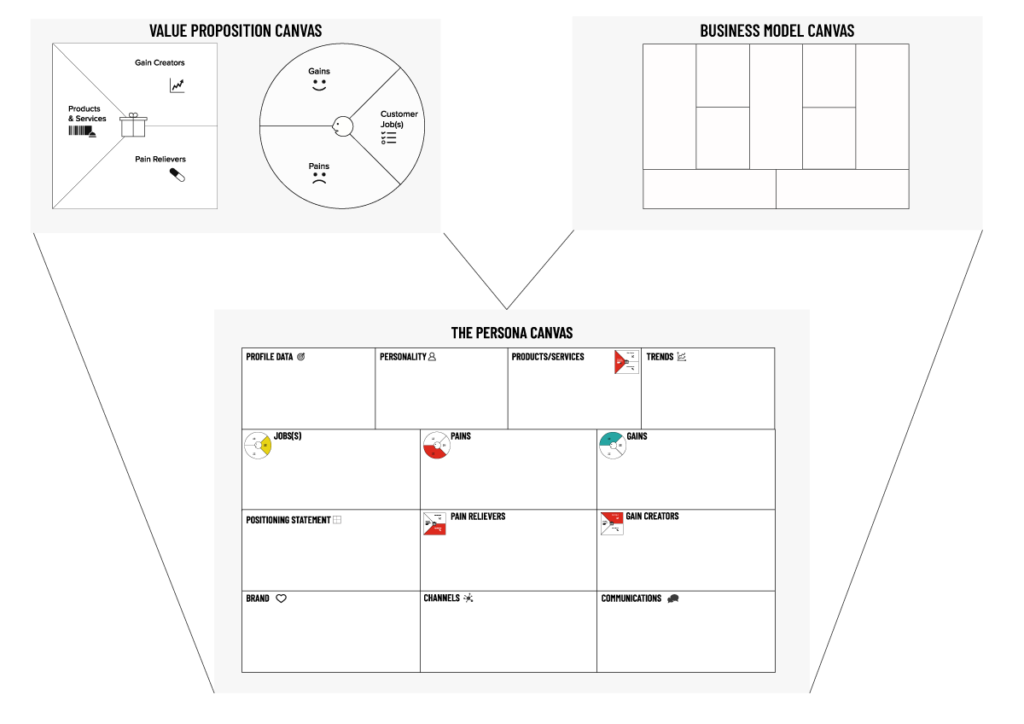
- Identity – how we identify the group/segment
- Discovery – what are they trying to achieve and how. What could be improved?
- Why/Why not – do we understand the motivators and anxieties/barriers to change?
- Market/Size – what are the trends and how big is this group.
- Brand affinity/Comms – how do we need to communicate with them and where.
- What is the solution/offer/product/service that meets their needs?
The persona canvas is a simple way to create a working persona to help you make decisions about a group of customers or users. You can download the persona template for free and try it.
If you have any feedback or want it changed then please either add a comment or contact me.
HOW TO USE THE PERSONA CANVAS – STEP BY STEP GUIDE
The Persona Canvas consists of 13 inter-related sections that help to build a 360-degree view of your customer segment. The canvas uses a blend of qualitative and quantitative data to help evaluate information.
The Persona Canvas has two sections that are different when compared to other persona templates – barriers and trends.
There are several people that disagree with using demographic data in a profile, and many that do not agree with using a photo. Our brains naturally make assumptions, fill in gaps and leap to conclusions.
Unfortunately, when it comes to personas, this can have a negative effect. On the persona canvas, the image is small for a reason. It is not the centre or most important of a persona.
STEP 1. PROFILE DATA
The profile data part of the persona canvas is to guide you in terms of a segment. If this doesn’t apply, if you don’t have sufficient clear demographic data then don’t use it here. Instead, add-in behavioural information.
Some examples of what information to use to build your profile:
- Demographics
- Age
- Location
- Education
- Job
- Income
- Family
- Habits/Interests
- Reading
- Travel
- Music
- Hobbies
- Fitness
As I’ve mentioned in the persona guide, there are lots of sources for this information.
Learn more about customer segmentation.
- Google analytics
- Facebook insights
- Pew Interest
- Social media reports
OUTCOME
After completing this section you should have a well-rounded profile of the persona.
EXAMPLE:
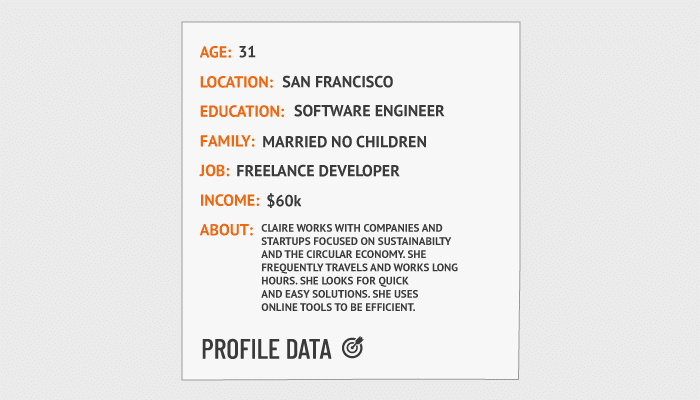
STEP 2. PERSONALITY
We are hard-wired to like people that are similar to ourselves. Communications then are tailored towards the colours, styles and tone of voice that match segments. Understanding personality traits also reflects how and what sort of language to use.
Remember this is to help us empathize and think more deeply about the customer. A persona cannot capture the entire spectrum of personalities in a segment.
Some useful resources:
OUTCOME
After completing this section you should have a personality profile for the persona.
EXAMPLE:
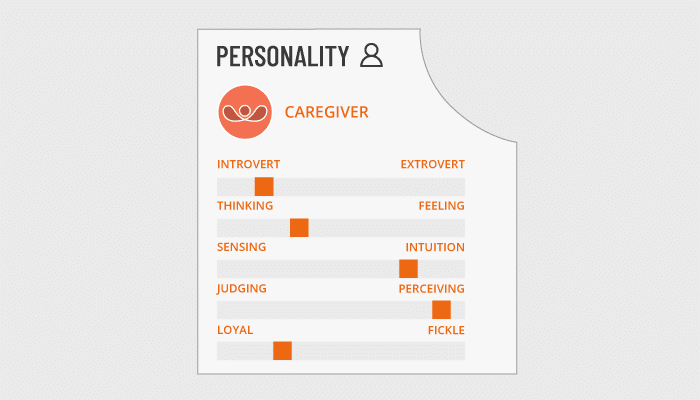
STEP 3. PRODUCT/SERVICES
Products and services can either be existing ones of new ones that are needed as a result of picking an opportunity. They need scoping and understanding before taking forward if they are new.
STEP 4. TRENDS
Trends are specific to your market. The reason for including them in your persona is that trends can help shape the decisions you make. They are often supporting information as to the direction for investment or divestment in a segment. Moreover, they indicate change. Change either to be investigated further or to harness for opportunities.
OUTCOME
After completing this section you should have supporting market data related to your persona segment.
EXAMPLE:
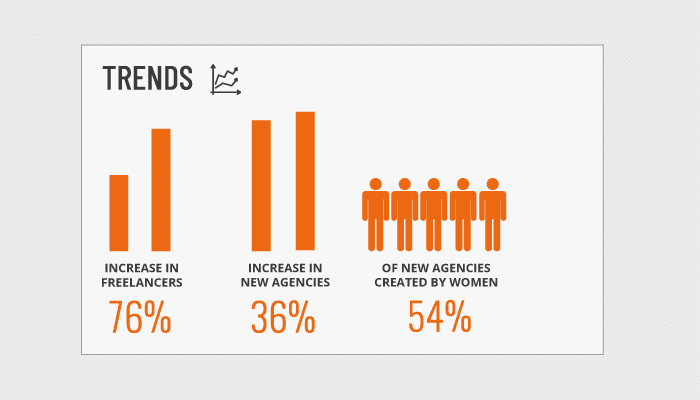
STEP 5. JOBS
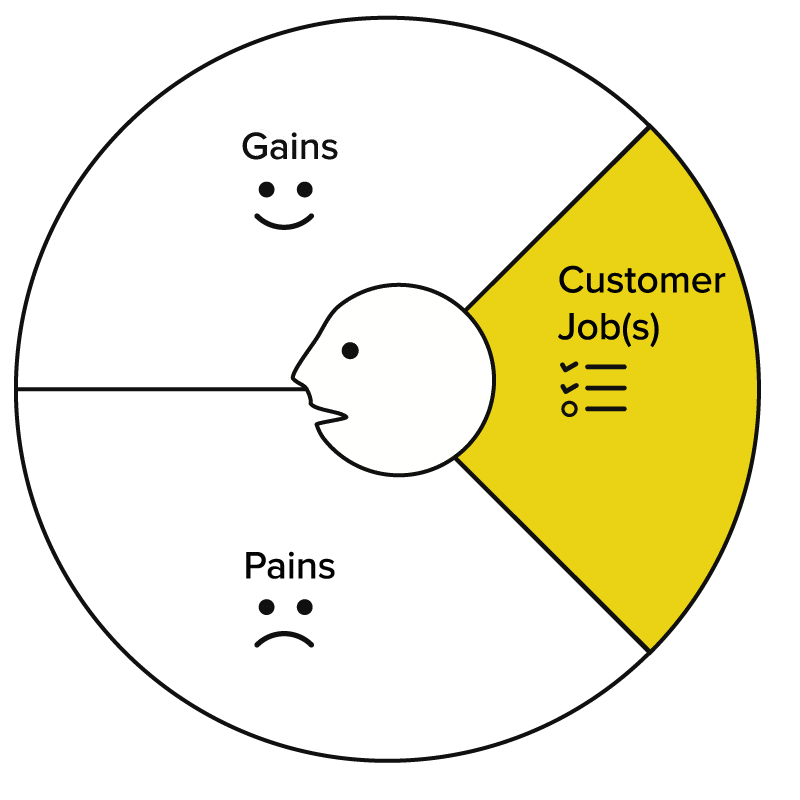
A job is a goal that a customer is trying to achieve. Goals will change according to the context. These goals are crucial and need to be validated. They underpin the overall direction and meaning for your persona. Within a segment, there can be multiple goals. It’s important to recognise this and determine how broad or narrow you focus.
OUTCOME
After completing this section you should have between one to three goals that the persona is trying to achieve.
EXAMPLE:
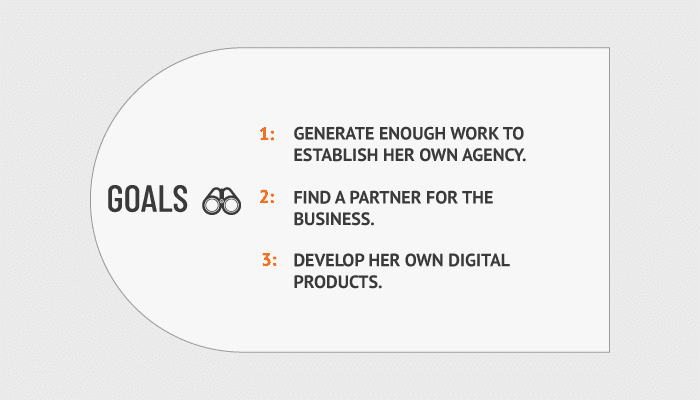
STEP 6. GAINS
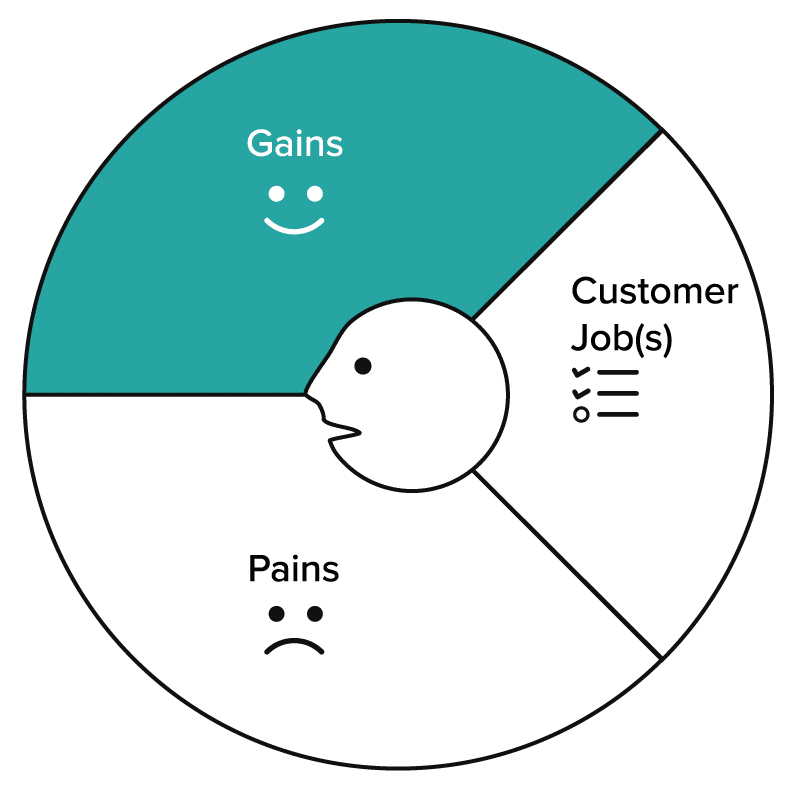
Gains are the motivations, the ‘why’ of what we do. Discovering the motivations of users or customers is a critical step. Once you understand their motivations you can add them to the persona canvas.
The motivations will help you later to craft communications that resonate with your audience. It is a good idea to get people to rate their motivations. Once you have them you can get people to rate the most important – 1st, 2nd, 3rd…
Another method works the other way, you get people to lose one at a time till they only have one that they can keep. Of course, the importance a person places on a motivation changes based on the context you give.
There are also established questionnaires and surveys to find motivations and values.
OUTCOME
After completing this section you will have the top motivational characteristics for your persona.
EXAMPLE:
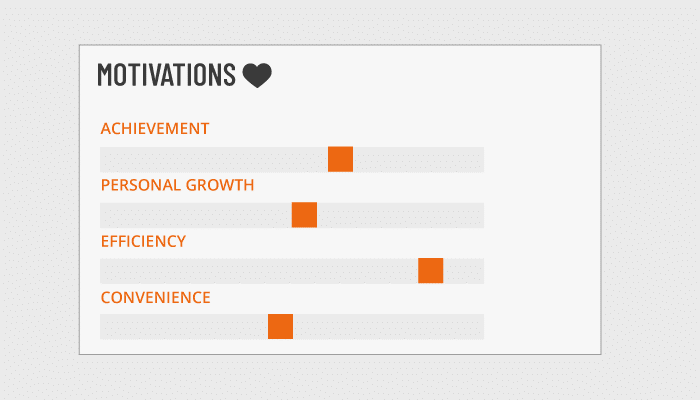
STEP 7. PAINS
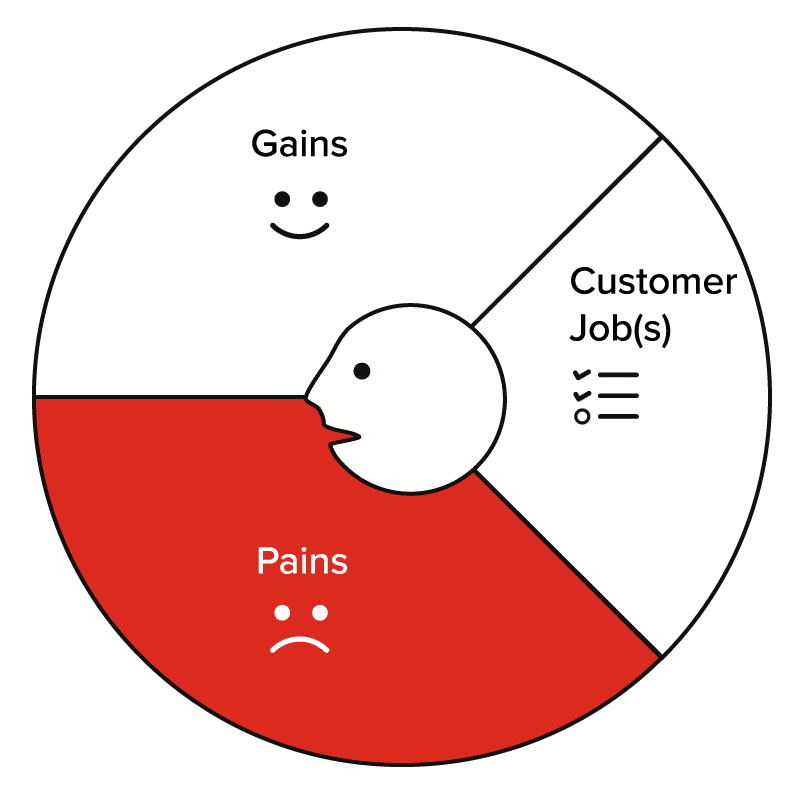
Pains can often be observed more than they can be described. Do you see customers at certain points pull out there phone and search on Google? do they change their workflow? do they use a workaround?
Pains come in many forms. Essentially though they are frustrations that hinder customers from doing what they want to do.
Pains can also be larger more macro level blocks. Blocks can be moments of anxiety concerning a decision based on not being able to make a decision. These moments cause people to hesitate and often abandon a path.
They can also be challenges that they don’t know how to tackle or tackle on their own. As an example, support lines and chatboxes are used to walk people through the questions they have, inform them and alleviate anxieties.
OUTCOME
After completing this section you should have a well-rounded profile of the persona.
EXAMPLE:
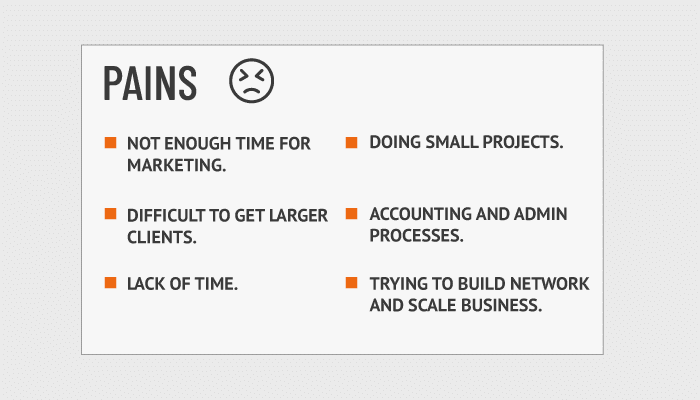
STEP 8. GAINS
Gains, or pain killers, are the most creative ways to help solve the pains. There are lots of ways to solve pains but the art is to match them to the motivations and personality.
OUTCOME
After completing this section you should have a well-rounded profile of the persona.
EXAMPLE:
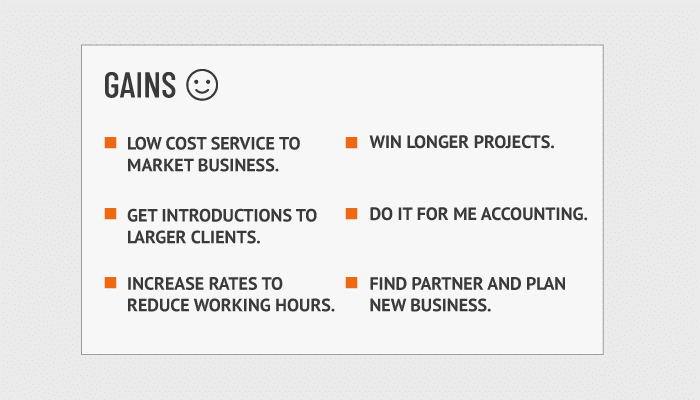
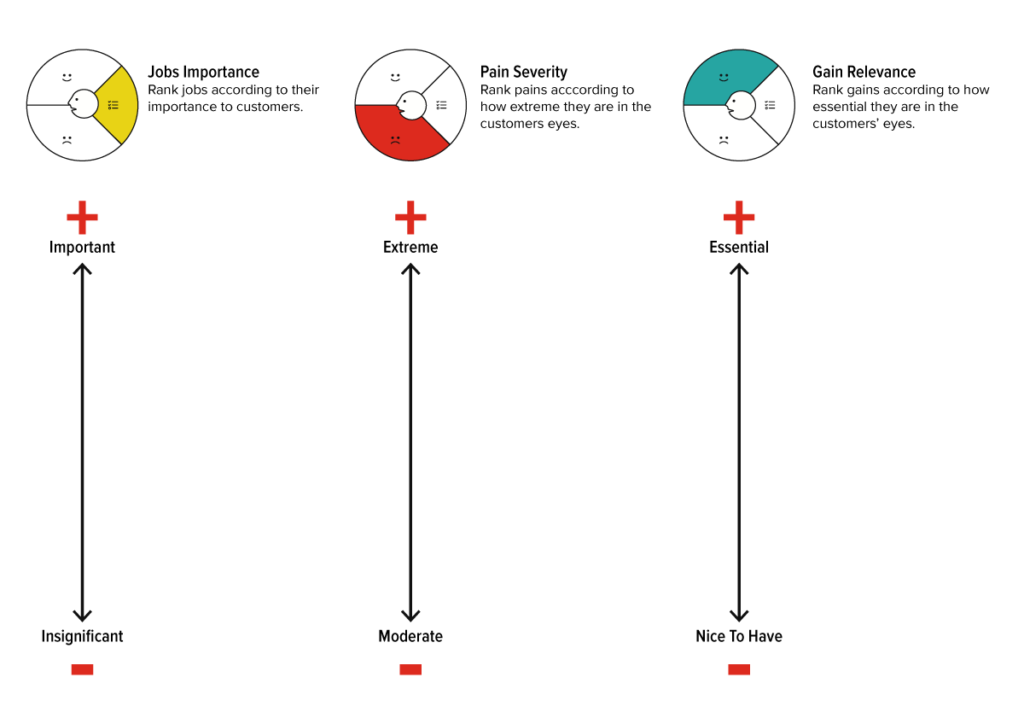
At the end of this section, you will have created the value proposition.
STEP 9. BRANDS
To help with thinking about a persona it is good to research what other brands they use, like and buy. You can use this to understand why they have an affinity with these brand and to harness these characteristics later in crafting communications, experiences or interfaces.
OUTCOME
After completing this section you should have five to eight brands that the persona has an affinity with.
EXAMPLE:
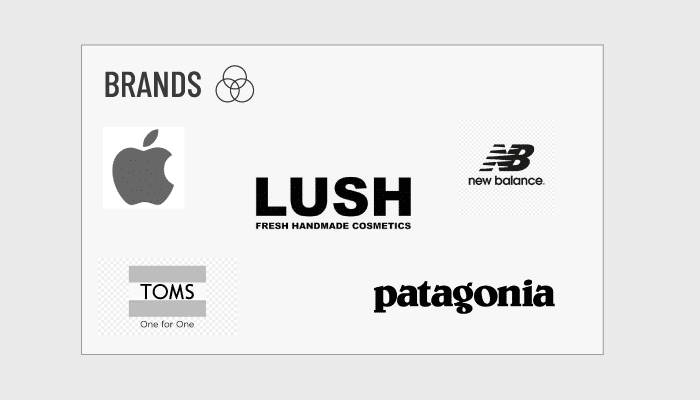
STEP 10. CHANNELS
In the example, below I have concentrated on social media challenges. However, there are more traditional channels and of course the mandatory email. However, I think that people often overlook the increasing power of mobile messages.
A point to remember is that although customers might use and prefer certain channels, it doesn’t always mean that it is the right channel for all communications. Second, in choosing a chanel, the media must be considered and the style tailored to match the channel style.
OUTCOME
After completing this section you should have an understanding of the channels your segment use.
EXAMPLE:
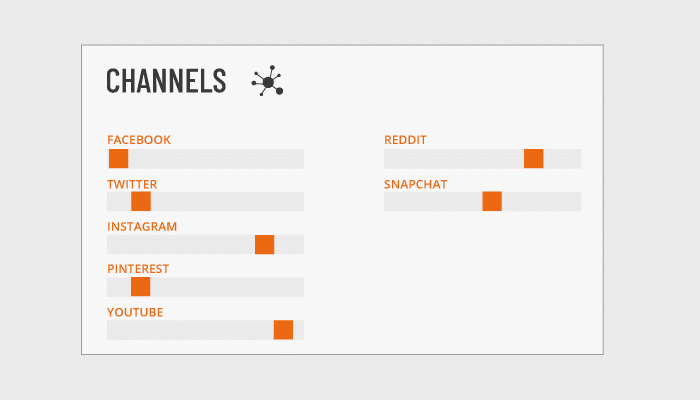
STEP 11. COMMUNICATIONS
Communication is the campaign narrative and tactics you use to maximize the influence with your target customer. A narrative within any campaign improves conversions through a process called transportation.
By focusing on narratives and experiences you can dramatically improve the engagement rates with customers and subsequently conversion rates.
OUTCOME
After completing this section you should have a coherent theme, narrative and tactics for your marketing.
MESSAGES
Based on the aggregate information we now have, we can craft messages to a persona, design customer experiences and services. The persona can help teams to make decisions. The persona can help you make decisions as well if you are a freelance marketer, consultant or from another profession.
BARRIERS
Before proceeding it is also worth noting any barriers. Barriers are the friction to change. They can be significant. Barriers are not to be confused with pains. Pains are frustrations. Barriers are fundamentally routed in the size of the change and the level of investment needed to change habits.
We know people want to get fit, there are lots of companies to help people get fit. But the obstacle is breaking old habits, creating new ones and overcoming the resistance/anxiety of starting. Too often teams forget to highlight the core barriers.
Aim for experiments as outcomes
Your marketing idea on a sticky note is not ready for implementation, nor for making a final decision. Instead, target experiments as the outcomes of a work session. First, express ideas as hypotheses:
We believe providing <product/service/feature> will have <benefit> for <customers>. We’ll know this when we see <measurable outcome>.
